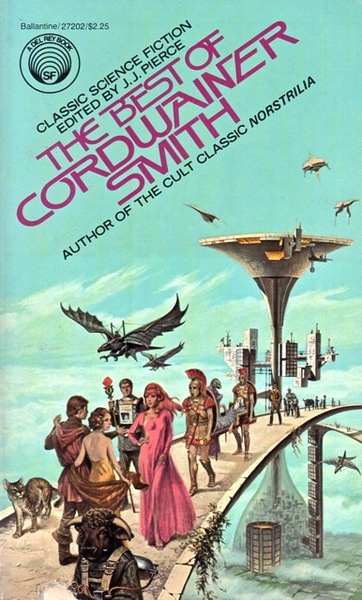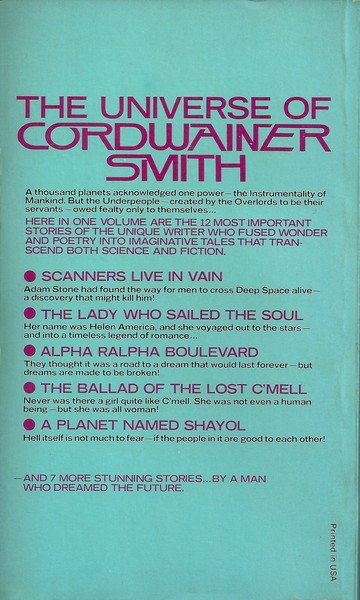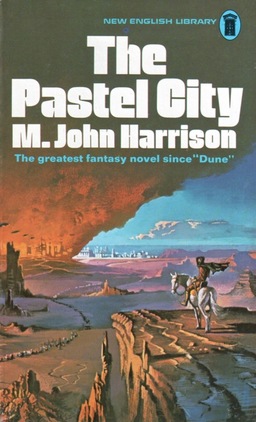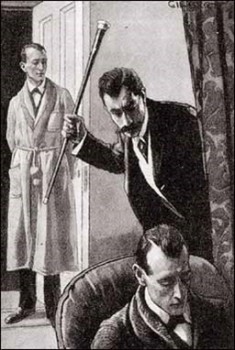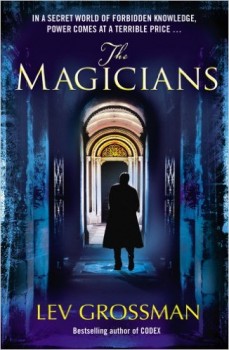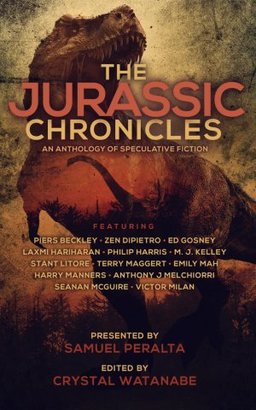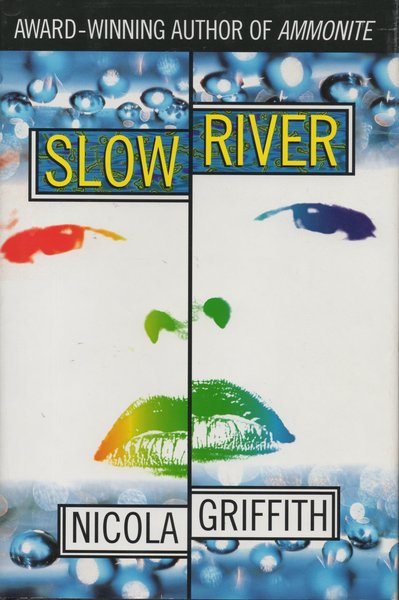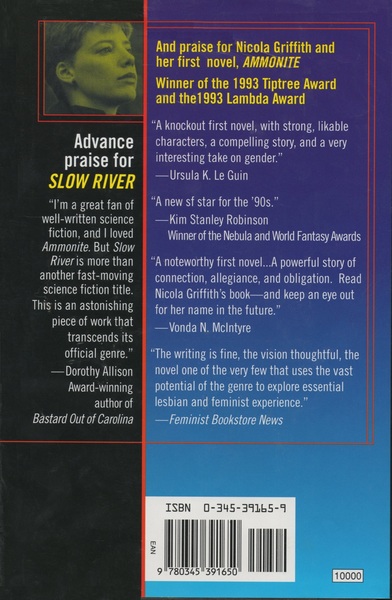I’m Ready For My Close-Up, Mr. DeMille: A Look at Image’s Glitterbomb
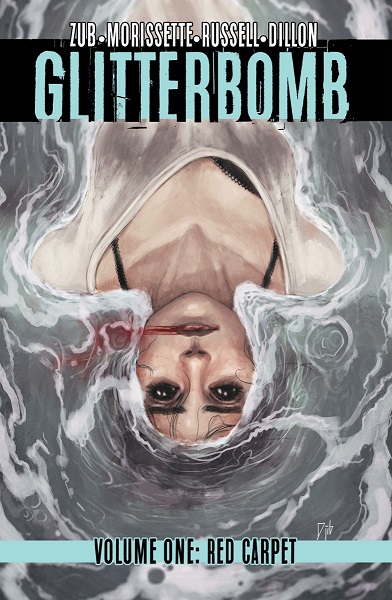 |
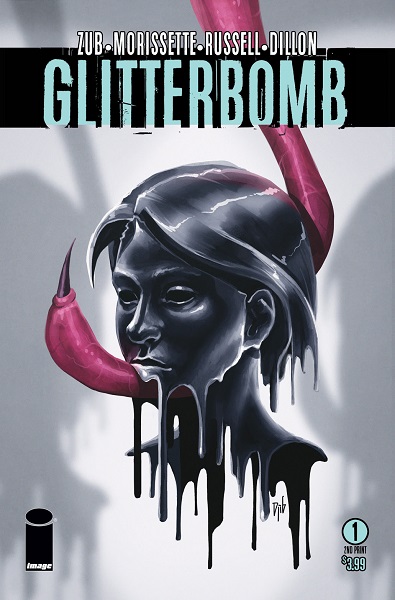 |
Last fall, Image released a new comic book series by Jim Zub (Wayward and Thunderbolts) and Djibril Morissette-Phan (The Ultimates, All-New Wolverine) called Glitterbomb, a horror story about fame and failure.
The first four issues are out, and a collected trade paperback of those 4 issues is hitting comic book shops and book stores in March. I read Glitterbomb, really enjoyed it, and got a chance to talk with the creators.
Here’s the synopsis:
Farrah Durante is a middle-aged actress hunting for her next gig in an industry where youth trumps experience. Her frustrations become an emotional lure for something horrifying out beyond the water…something ready to exact revenge on the shallow, celebrity-obsessed culture that’s led her astray. The entertainment industry feeds on our insecurities, desires, and fears. You can’t toy with those kinds of primal emotions without them biting back…
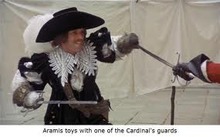 The Three Musketeers (1973, directed by Richard Lester)
The Three Musketeers (1973, directed by Richard Lester)
